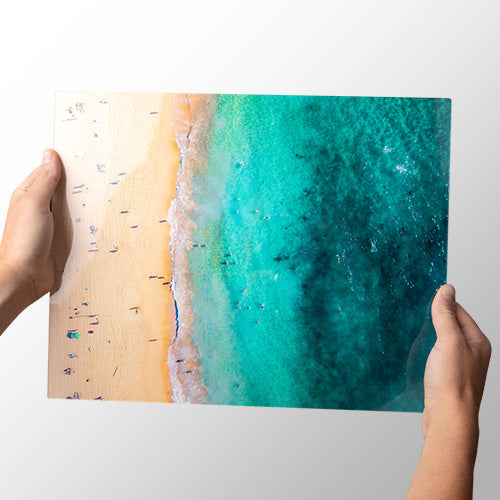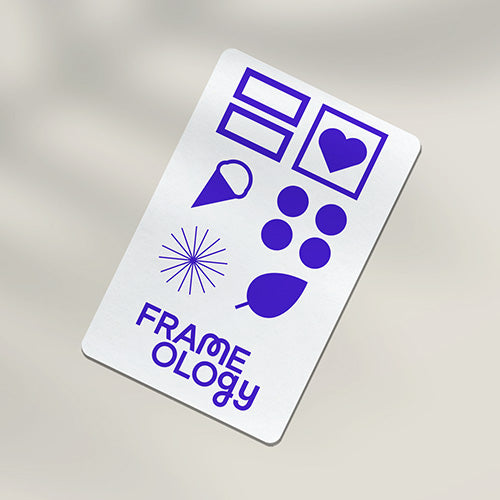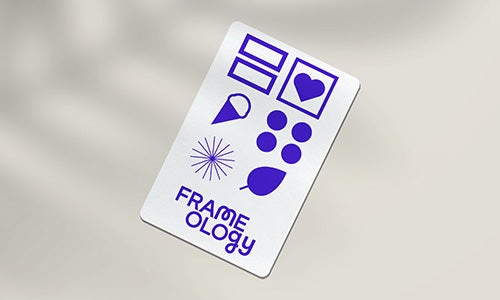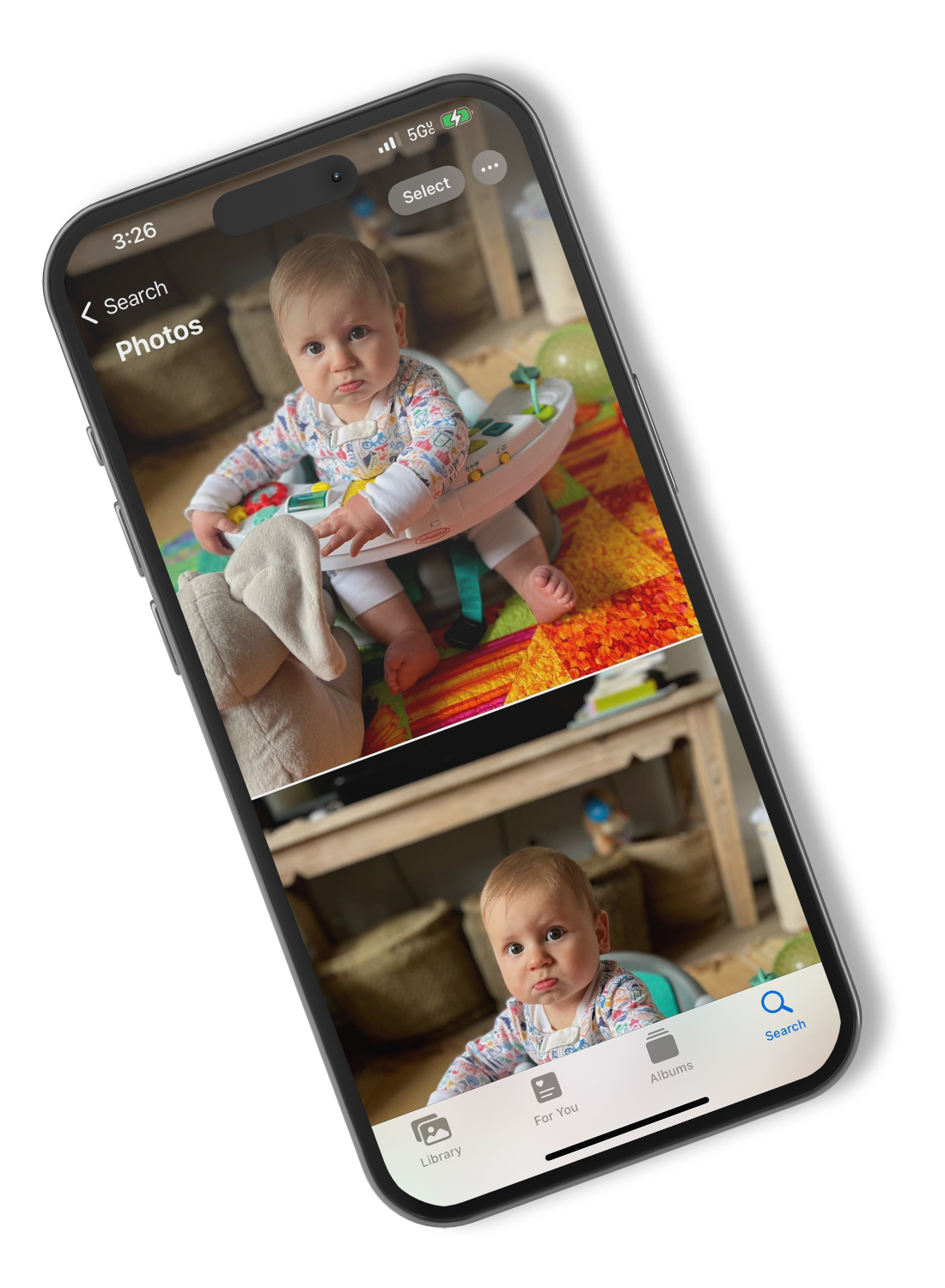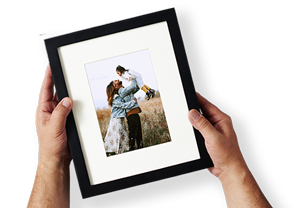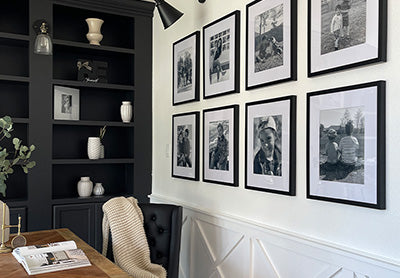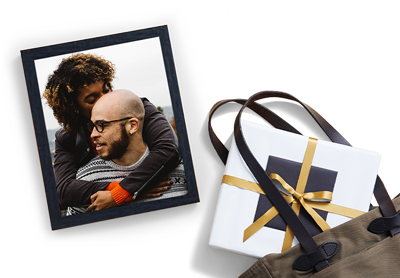How to take great mobile photographs

We live in a time when taking pictures couldn’t be easier. Camera phones have completely transformed photography by giving us a practical way to ensure that we’re prepared to capture a picture at any moment. The one problem with mobile photography, however, is that they do not look as professional as ones taken with a high end camera, even with improvements in phone camera technology. Here are some tips for making sure your mobile phone photos look as beautiful as possible.
Always be ready to take a picture
iPhones and other smartphones have made it easier to ensure that you always have a camera with you. In order to take great mobile photography you have to be ready to take a picture at any moment because you never know when a beautiful moment will arise. Another great thing to keep in mind when taking quick pictures is shortcuts, like the one on the lock screen of an iPhone. These allow you to speed up the process of taking a picture, so that you don’t miss a moment.
Take a lot of pictures
In the same vain, taking a lot of pictures ensures that you will get a great one out of the bunch. It’s simple probability - the more pictures you take the greater your likeliness of taking a number that are worthy of a frame. Also, as the phrase goes, “practice makes perfect.” Taking more pictures will improve your photography skills.
Lighting and HDR
Lighting plays a large part in whether or not your phone pictures come out looking great. Make sure to look out for photo ops with great lighting, and try to avoid awkward lighting in your photos. If bad lighting is unavoidable, Iphones and other smart phones have a setting called HDR, or high dynamic range imaging. It takes three different pictures, all with different exposures, and meshes them together in order to create a more realistic range of light and dark. HDR is most useful in scenes with tricky lighting, such as landscapes, portraits in sunlight, and low lit and backlit pictures.
Click on the image to focus it
Your phone camera does not always recognize the intended subject of a photo, especially if it’s not a person. If you touch the screen in the area that you want in focus, a yellow box (see above) will come up, and your phone should correct its focus to that area. This way you can differentiate between what’s the the subject and the background.
Rule of thirds

When composing a picture, use the rule of thirds. This technique creates two horizontal and two vertical lines, essentially cutting the image into nine equal sections. To follow the rule of thirds, the subject of the image must be on the lines or at the intersections of the lines. This technique makes an image the most aesthetically pleasing to the human eye. An easy way to follow this rule is by turning on the grid function in the camera settings on your phone. This automatically overlays your photo with the lines so you can compose your image accordingly. If your phone does not offer this setting, you can download the application Manual. It allows you to take your pictures with a grid.
Resolution
You want to take resolution into account when taking your pictures because phone cameras have lower resolution than professional ones. To take the best photos, you’ll want to optimize the photo quality, which will maximize the detail of the shot. In order to do this, always take pictures using your regular camera, instead of your front camera. Your regular camera captures a more precise and high definition image. Also, don’t use the zoom function because phone cameras use digital zoom rather than optical zoom. Optical zoom is the feature on real cameras in which a lens is more magnified, and, therefore, quality is maintained. Digital zoom simply enlarges the center of the image, and cuts out the rest. This type of magnification jeopardizes clarity and leads to pixely photos. Lastly, don’t edit your photos using photo editing apps that compromise the resolution of the pictures, such as Instagram.
Get playful and creative
Get playful and creative with your photography. The most snapped pictures are likely to be cliched, so look around for new subjects. Also try taking the same picture from different angles, and don’t be afraid to get down and dirty in order to get them. Another way to be creative with your photography is to snap silhouettes, reflections, and symmetric images.
Playing with negative space can be a powerful tool too. Negative space is the space around and between the subject of an image. You need the right balance of negative space and positive space (your subject) to highlight the subject and keep the image simple instead of cluttered. The right balance of negative space also creates more aesthetically pleasing pictures and adds to the artistry of composition.
Download apps
Apps are great for post-snap adjusting. Make sure that exposure, brightness, and contrast are to your liking by downloading some photo-editing apps. You can also add filters to easily give your pictures different looks. Filters and other editing tools can completely transform a picture. There are a lot of these apps out there, but some popular ones include:
Camera+
This app is helpful with macro photography, or very close-up pictures. It helps you take pictures and adjust them to focus on details. They, too, have good pre-set filters and adjustment options.
Afterlight
Afterlight is similar to Camera Plus. It has a really easy-to-learn and -use interface. It gives you many different options for tinkering with your photos and a lot of filter and light-leak (fake lighting) options to add to the fun.
Litely
This app lets you add film-inspired filters and edits to your pictures. Many of the adjustments are more subtle than those in the aforementioned editing apps, giving the pictures authenticity.
Manual
This app, which we mention above, is not only helpful in composing a picture in accordance with the rule of thirds. It gives you complete manual control of your photography. Better for the more experienced user, Manual’s advanced settings include shutter speed, light sensitivity (ISO), white balance, focus, and exposure.
Get inspired by your favorite photographers
Check out different photographers’ styles and study their shots to find tricks to composing the perfect picture. Draw inspiration from their photo subjects and their different approaches to photography. Here are some examples of inspiring photographers:
If you follow these general guidelines on how to capture the best pictures with your phone camera, you will be snapping like an Insta-famous professional photographer in no time.
At Frameology, we believe that it's always the photo that makes the frames. So now that you're off to taking better mobile photos, check out our collection of frames for mobile photos.


